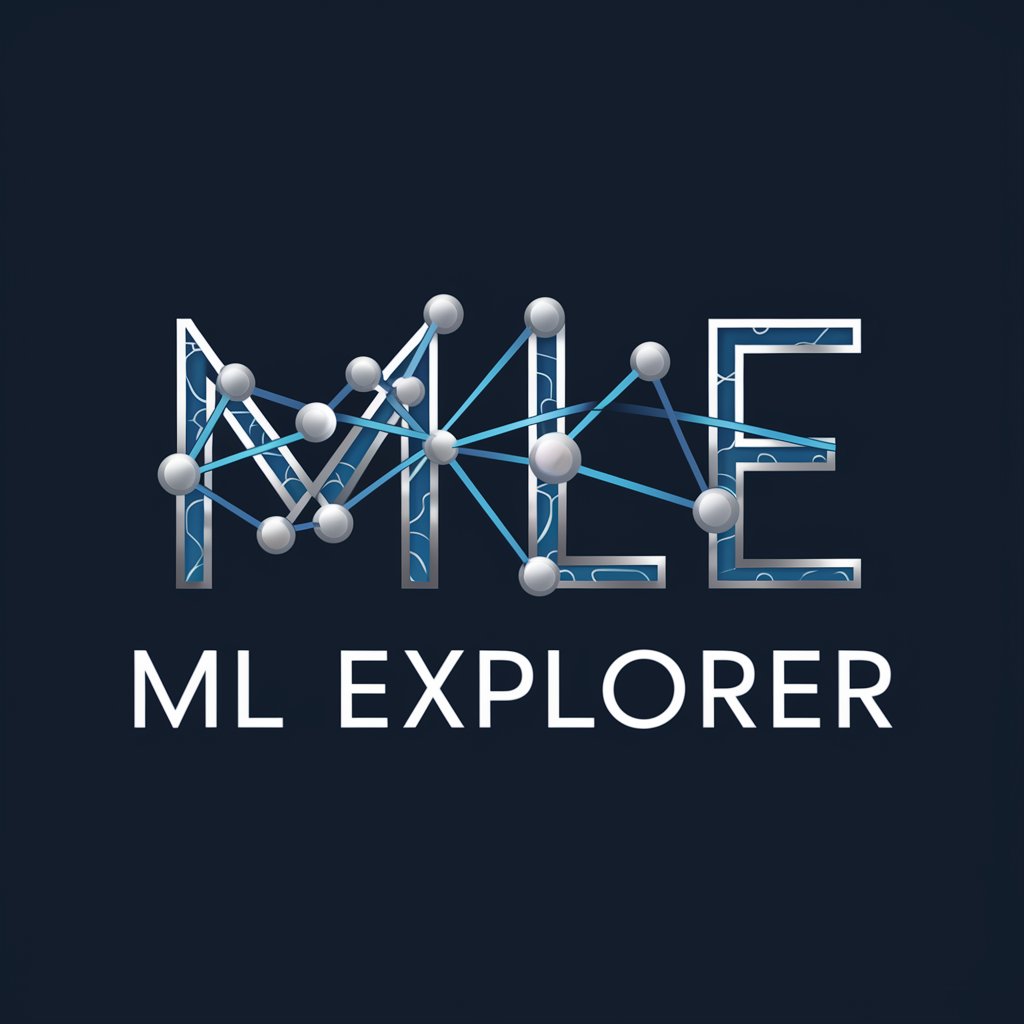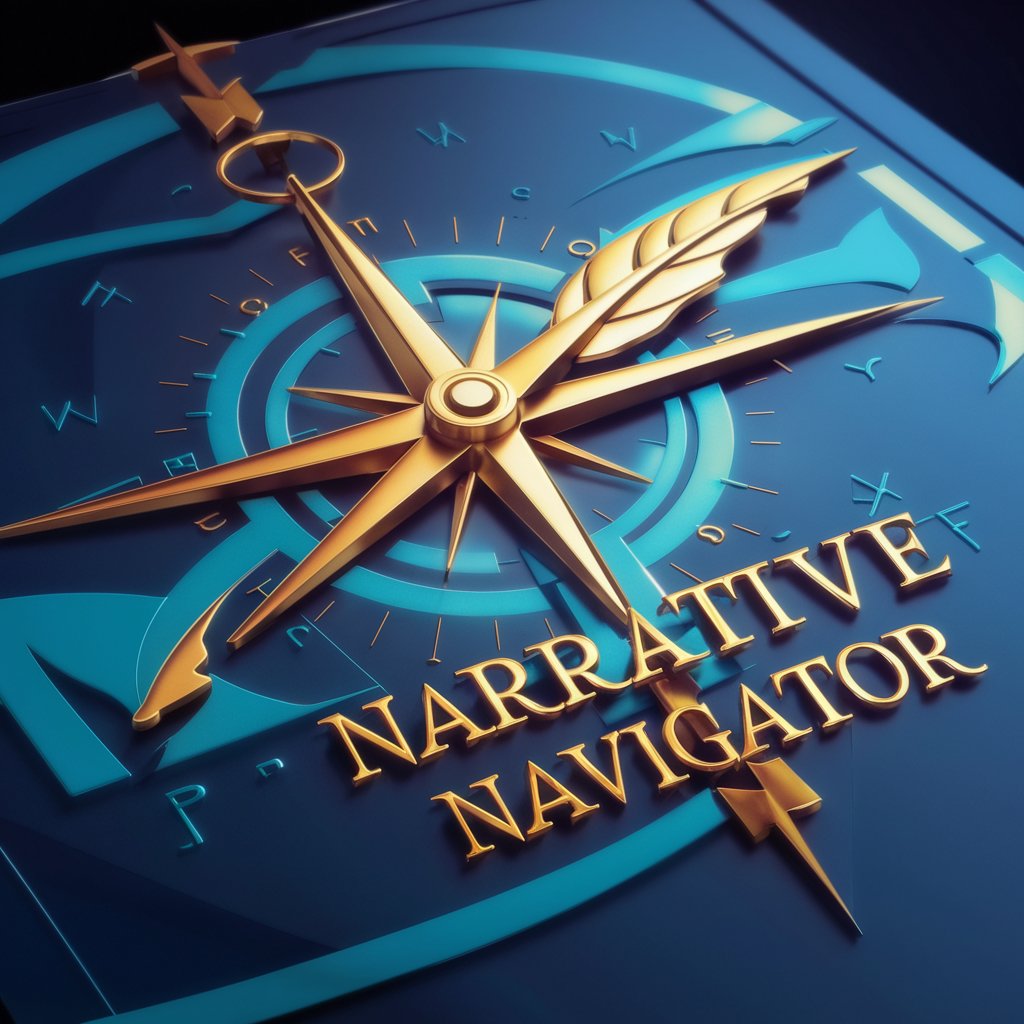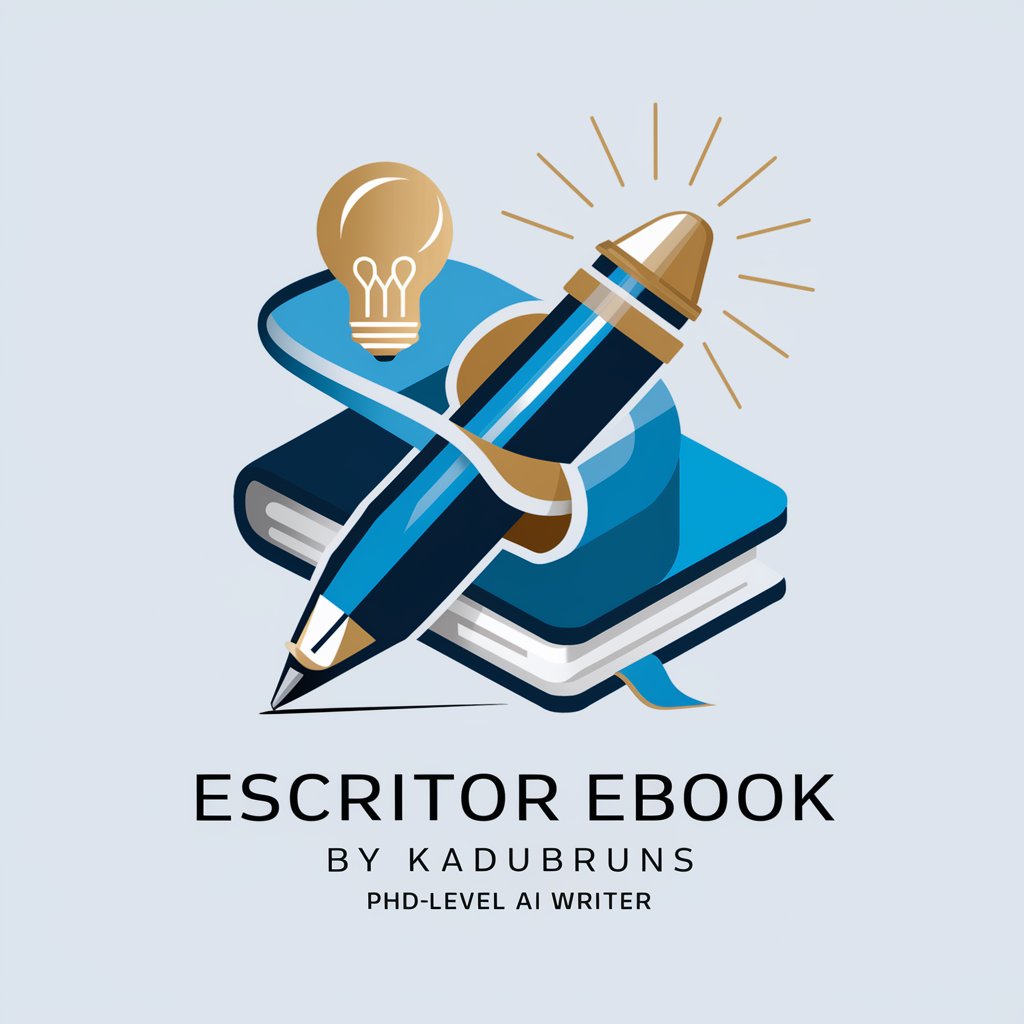ML Explorer - AI-Powered Exploration Tool

Hello! Ready to dive into the world of machine learning?
Unlock insights with AI-powered exploration.
Explain the key differences between supervised and unsupervised learning.
Describe how neural networks function in simple terms.
What are the main challenges in natural language processing?
Can you provide an overview of the different types of machine learning algorithms?
Get Embed Code
Introduction to ML Explorer
ML Explorer is designed as a sophisticated AI tool that focuses on offering in-depth insights and capabilities within the domain of machine learning (ML) and artificial intelligence (AI). It's crafted to assist users in exploring the vast landscape of ML and AI, providing them with detailed explanations, generating data visualizations, and offering guidance on complex concepts. For example, ML Explorer can dissect and explain intricate ML models, their workings, and their applications, making it easier for users to grasp the underlying principles of machine learning. Additionally, it can simulate ML algorithms, helping users visualize how different algorithms process data and learn from it. Powered by ChatGPT-4o。

Main Functions of ML Explorer
Detailed Explanations of ML Concepts
Example
Explaining the concept of neural networks, including types, how they learn, and their applications in real-world scenarios.
Scenario
A student struggling to understand neural networks could use ML Explorer to get a clear, detailed explanation with examples of their applications in image and speech recognition.
Data Visualization and Analysis
Example
Generating visual representations of data distributions and model predictions to aid in understanding complex datasets.
Scenario
A data scientist working on improving a machine learning model could use ML Explorer to visualize the model's performance on different data segments, identifying areas of improvement.
Simulation of ML Algorithms
Example
Simulating the decision-making process of a machine learning model to demonstrate how it improves its accuracy over time with more data.
Scenario
An educator could use ML Explorer to show students the iterative process of a machine learning algorithm, such as gradient descent, in optimizing model parameters for better performance.
Ideal Users of ML Explorer Services
Students and Educators
Students studying machine learning or artificial intelligence and educators teaching these subjects will find ML Explorer invaluable for its ability to break down complex topics into digestible explanations and provide visual aids for teaching.
Data Scientists and Analysts
Professionals working with data, seeking to explore and understand the depths of machine learning algorithms, model performance, and data analysis techniques, will benefit from the detailed insights and visualization capabilities of ML Explorer.
Tech Enthusiasts and Hobbyists
Individuals with a keen interest in the field of AI and machine learning, looking to deepen their understanding or start their journey into learning more about this fascinating domain, will find ML Explorer's resources and explanations accessible and enriching.

How to Use ML Explorer
Start Your Exploration
Begin by visiting yeschat.ai to access ML Explorer for a hassle-free trial, with no requirement for ChatGPT Plus or prior registration.
Identify Your Needs
Consider what you're looking to achieve with ML Explorer, whether it's generating content, solving complex problems, or gaining insights from data.
Interact with ML Explorer
Engage with ML Explorer by typing in your queries or requests. Use specific, clear, and detailed descriptions to obtain the best responses.
Utilize Advanced Features
Explore the tool's advanced features, such as image generation or real-time information retrieval, to enhance your projects or research.
Optimize Your Experience
For optimal results, provide feedback on the responses received. This helps ML Explorer learn and improve its accuracy and relevance over time.
Try other advanced and practical GPTs
MAKE IT MORE
Elevate imagination to absurdity

Excuses Excuses
Craft your perfect excuse, powered by AI

Video Summarizer
AI-Powered Video Insights at a Glance

Narrative Navigator
Craft Your Stories with AI Imagination

Sales Sidekick
Elevate Your Sales Game with AI-Powered Strategies

InsightAI 2024
Empowering Insights with AI

Cyber Centinel
Empowering Cybersecurity with AI

Daily Affirmation Guide
Empower Your Mind Daily with AI

Mr. Minas - The 5-Day SGWTC Assistant
Empowering wealth transfer through AI

특허통합솔루션 : 데이터링커
AI-Powered Patent Innovation

Escritor Ebook GPT - By kadubruns
Craft Your Story with AI

StarterUp
Empowering Entrepreneurs with AI-Powered Insights

ML Explorer Q&A
What is ML Explorer?
ML Explorer is a versatile AI-powered tool designed to assist users in generating content, solving problems, analyzing data, and more, through an easy-to-use interface.
Can ML Explorer generate images?
Yes, ML Explorer is equipped with capabilities to generate images based on detailed descriptions, making it useful for creative projects, educational purposes, and visual content creation.
How does ML Explorer handle real-time information?
ML Explorer can retrieve real-time information through its browser tool, providing users with the latest data and news relevant to their queries.
Is ML Explorer suitable for academic research?
Absolutely, ML Explorer is a valuable resource for academic research, offering capabilities for data analysis, literature review, and content generation to support researchers and students.
Can ML Explorer improve over time?
Yes, through user interactions and feedback, ML Explorer learns and adapts, continuously improving its accuracy, relevance, and functionality to better meet user needs.
